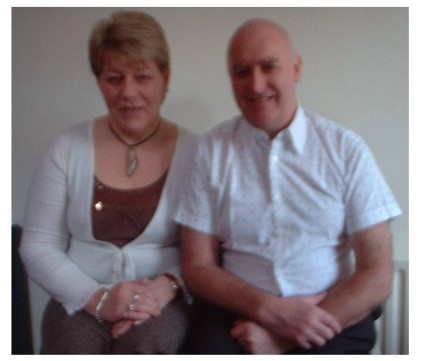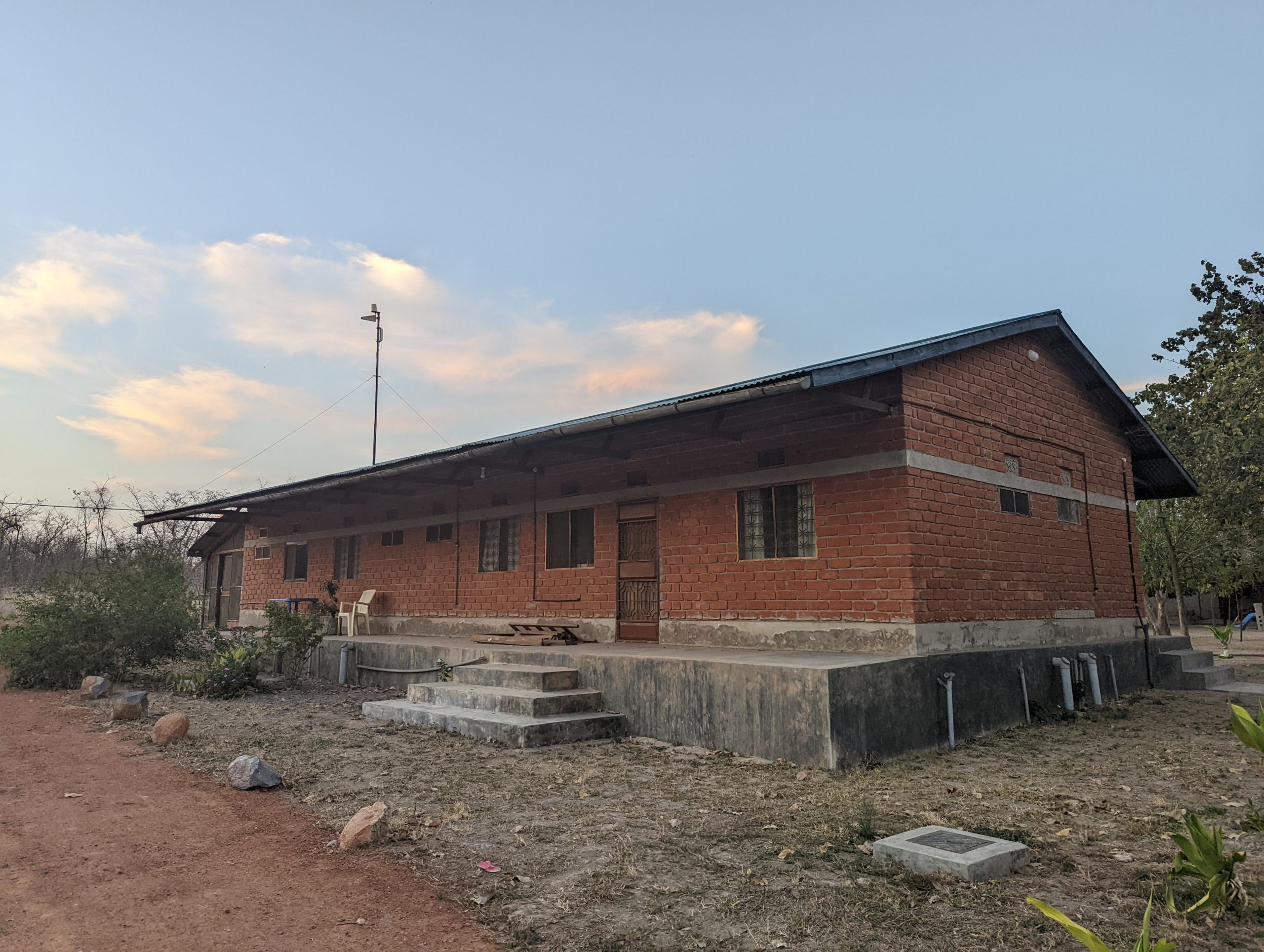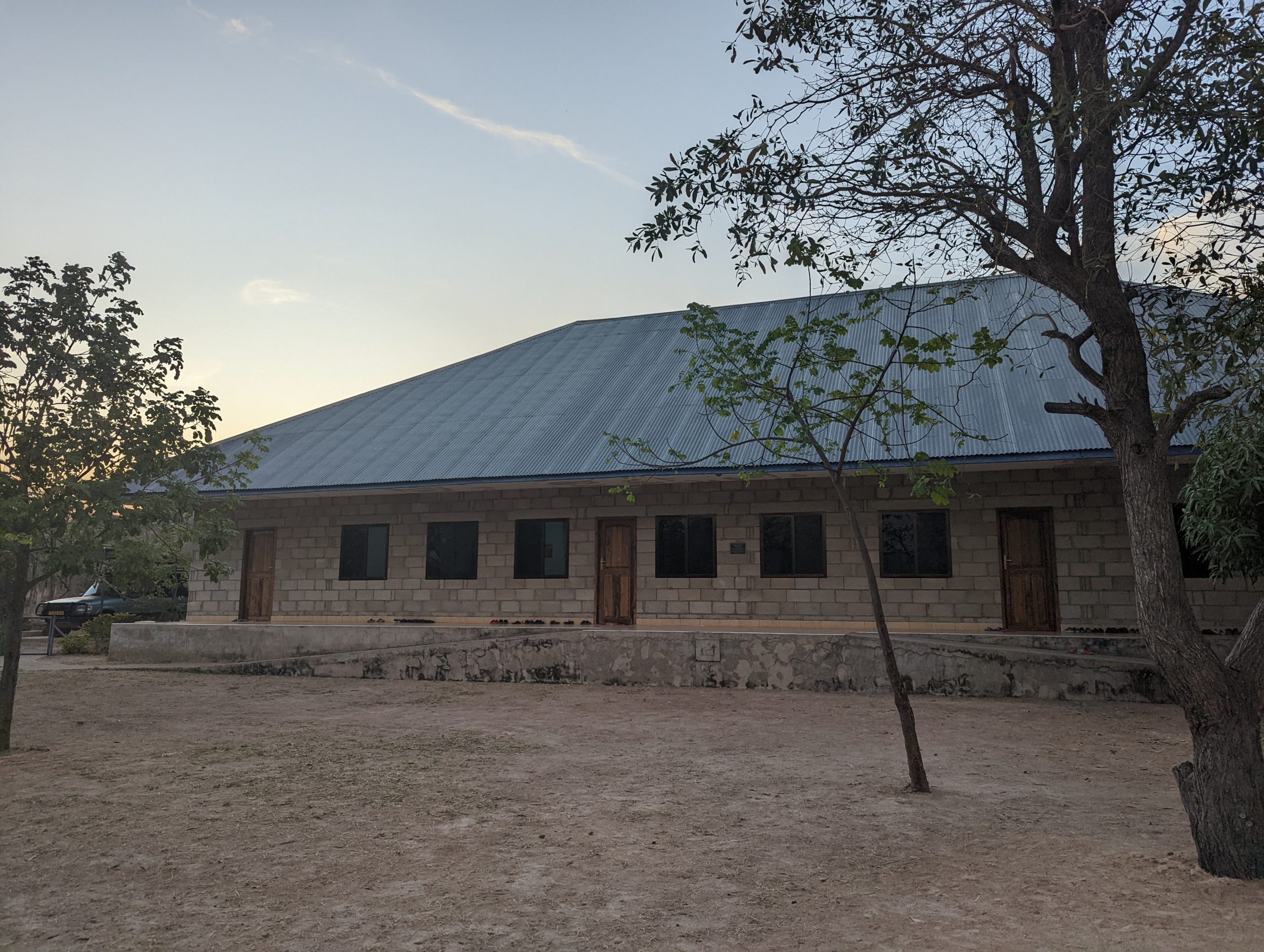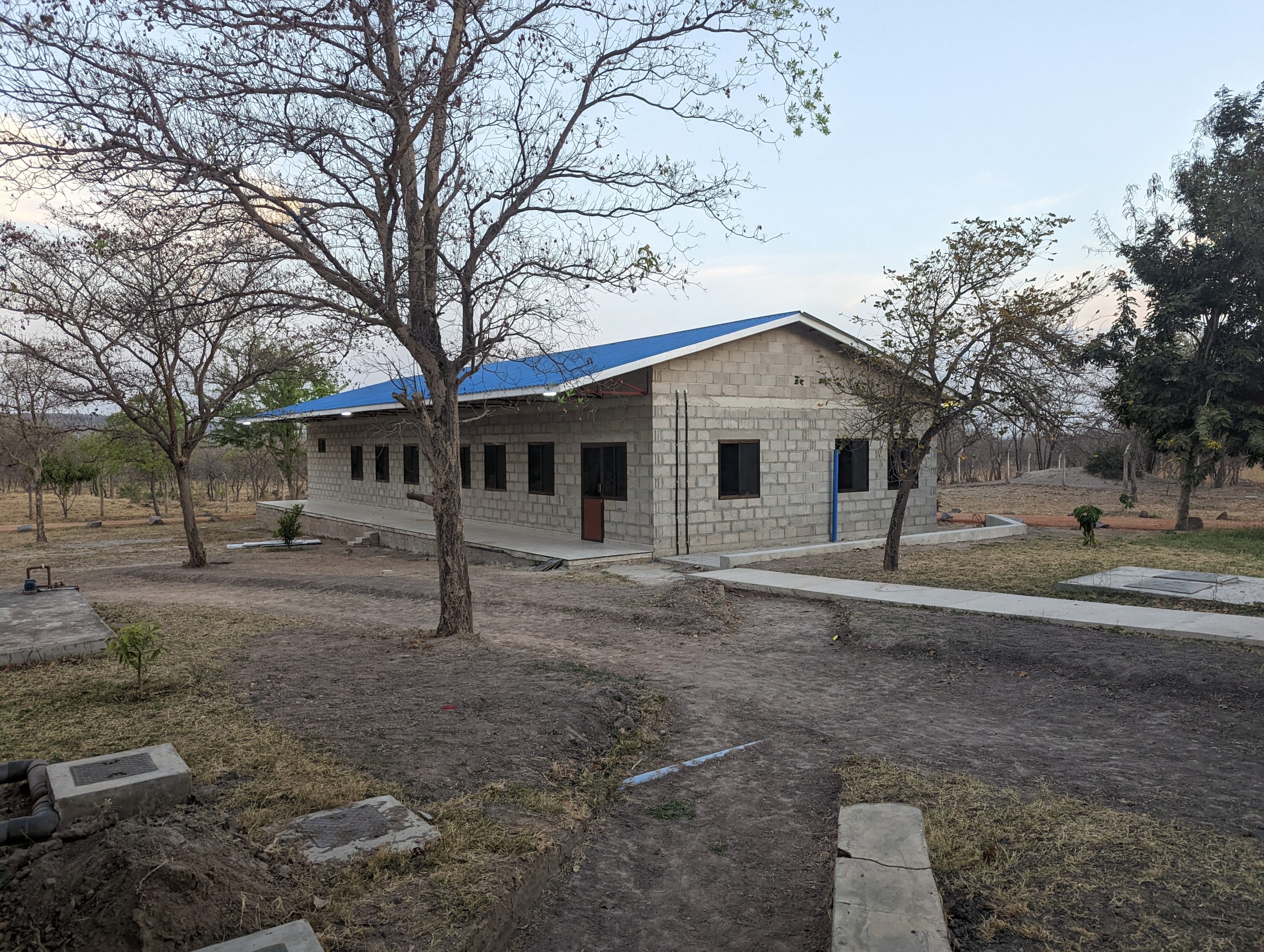History
TCFD was founded in 1993 in the U.K. by Gordon and Phyllis McCormick to do God’s work in Tanzania. Work began in Tanzania during September 1993 on what is now a 200 acre site in the village of Ndevelwa near Tabora. Tabora is approximately 750km(462miles) in land from the capital Dar es Salaam, located in the central region. This property was mostly forest and was allocated by the government for the development of a school to teach agriculture and other trades.
Aims
- To manage a farm compound
- To educate local community on agriculture & animal husbandry
- To develop improved breeds of animals
- To develop vegetable growing
- To teach people land use skills and animal husbandry
- To provide a Children’s Home
- To teach by example
- To evangelise and teach the wider community in the Christian faith

Achievements
Many of the above aims have now been achieved. The farm has accommodation for a missionary family and farm workers. There is also housing for animals. A large store has been erected to store food for people and animals.
A surface dam was built in 1995 at the farm after well digging proved difficult. On Boxing Day 1995 the dam wall had its first test when a severe storm struck. The water level rose to near the top of the unfinished wall. There was no damage done, although the water drained away through two 4 inch pipes for two days even after the rains had passed. The situation proved that the dam site is receiving an underground supply from a wider area than that cut for the pond. The rains at the end of 1997 completely filled the dam and it maintained that level for several months.T here is a large quanitiy of fish now living in the dam.
Work with pigs began in 1995 with 1 sow and 2 young females. breeding commenced when a boar was located in September 1996. The work with the pigs progressed well with up to 60 pigs in the herd over the years. The pigs were accommodated in four separate buildings with ample space for expanding in the future. The pigs helped provide a source of income for the Kazima Children’s Home, with their meat being sold to locals within the Tabora region. We have since stopped breeding pigs due to the high price of pig food making it uneconomical.
Following the pigs, a herd of goats was established. This remains strong in 2022. The goats will provide a source of meat and income for the farm.
A school building was erected at the farm. This provides accommodation for 24 students, facilities for sleeping, washing, cooking and eating. There is one additional room which can be used as a temporary classroom. The vision is for this to one day be a Bible college. We hope for someone in the future to rake on running the role of running this.
Development in business begun with the purchase of an old dairy property in Tabora. The dairy was owned by the Government and closed in 1995 after going into receivership. Our offer to purchase the property was agreed at the end of 1998. During the next couple of years we acquired equipment and also the funds to refurbish the property. At the beginning of 2002 the finishing touches were put to the dairy. It is now known as the New Tabora Dairies. A team of local people have been trained to work the new equipment. The first milk was processed at the end of March 2002. We continue to sell yogurt from the dairy in 2022.
Kazima Children’s Home
After much prayer and consideration we agreed to provide a Children’s Home for Tabora. This decision was confirmed after receiving a request to consider the provision of an Home from the Teacher’s Association and Education Authority in Tabora. Due to the increase of Aids and other diseases the number of orphans is continually rising. Medical care for people in Tanzania has become very expensive and many cannot afford to pay. This situation leaves many mothers seeking help outside of the medical profession usually from their parents. Many of those parents live in the villages and bush areas. When the mothers are ready to give birth it is common to hear that complications set in and some mothers die leaving difficult situations in caring for their babies.
A 10 acre site was acquired by TCFDT at the village of Kazima, approximately 5 miles north of Tabora town centre. The site had easy excess to both electricity and water supplies. The reservoir which services most of Tabora borders the village of Kazima. Kazima has resources of stones, sand and more for building.
Summary of Kazima Children’s Home to date
In 2009, the main building of the Childrens home was completed.
The main building includes two dormitories, two bathrooms, kitchen, dining room, staff quarters, entrance hall and office. The building work was also completed on the first staff house and storage water tanks have been installed, which will be of great benefit to provide a water supply during the dry season. The second phase started with the laying of the foundations and setting the concrete boxes for the erection of the steel work for the main building for the Children’s Home. In 2007 a team from Northern Ireland went to help with the erection of the steel work and also help build the main building and made a start on a staff house. This left the buildings ready to be equipped for the different uses of sleeping, washing, cooking etc.
In 2012 we completed the building of a new staff/volunteer complex. This allowed teams to travel out and support in the work.
2013
We prayed for some time regarding House Parents for the Children’s Home at Kazima. John and Pauline Tuff moved to take up the role in October 2013. They live in the staff/volunteer complex. Please continue to pray that God will bless and protect them in the work.
2017
In October 2017, with the support of www.thirstnomore.org, a 100m deep borehole was drilled with successful discovery of a clean water supply. This is a real blessing to the Children’s Home and we trust will meet the water needs for many years to come.
2022
A third building was completed in November 2022. This provides a new and more suitable home for the younger children, replacing the older building erected in 2007. Harsh wet seasons had impacted the durability of the building and it became obvious a larger and more suitable replacement was needed. The two new buildings applied learnings from the original building, developing a more durable and practical design. A new type of vibrated block was used, helping to ensure the buildings will last.

Volunteers Building

Older Children's Building


